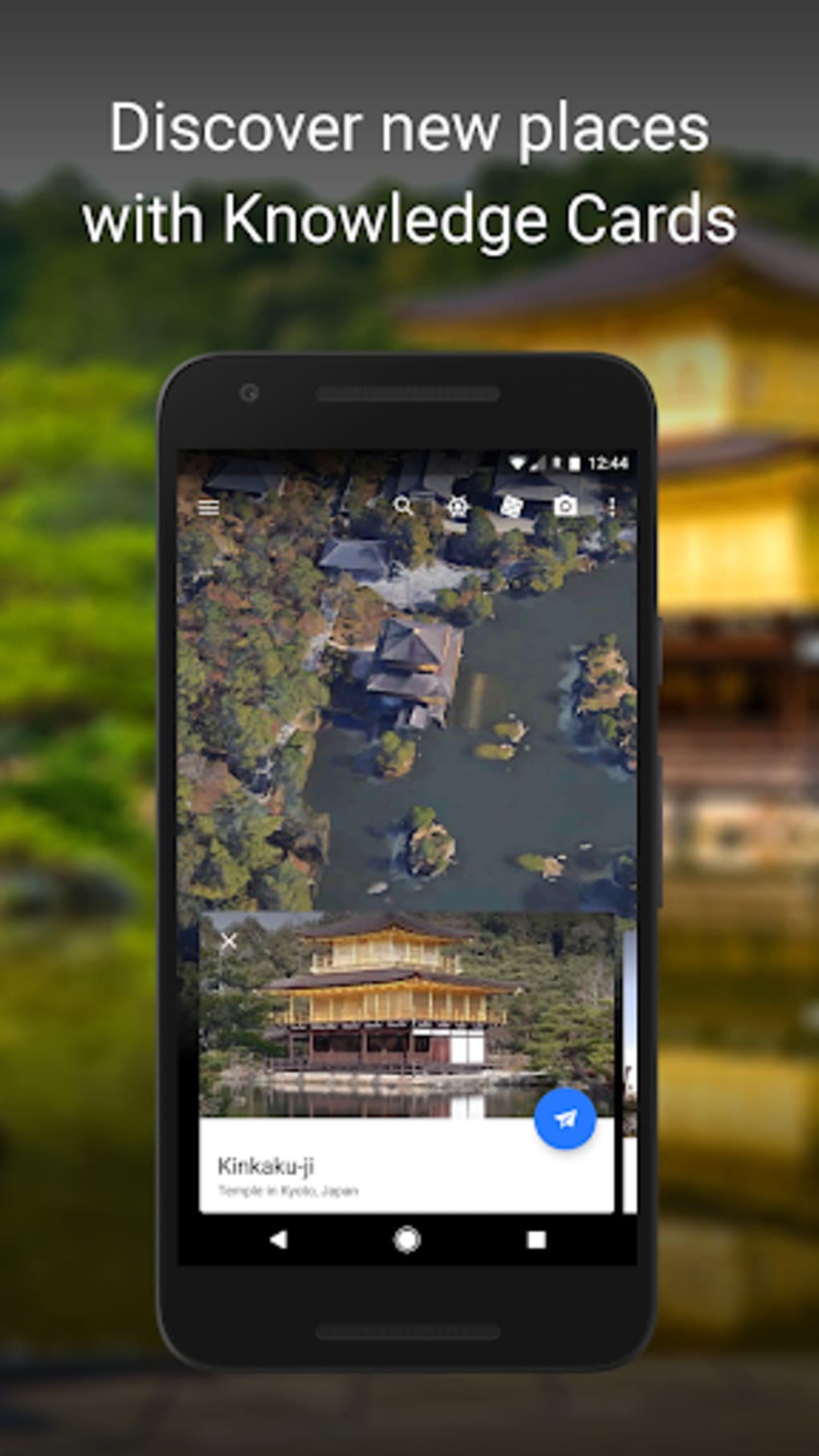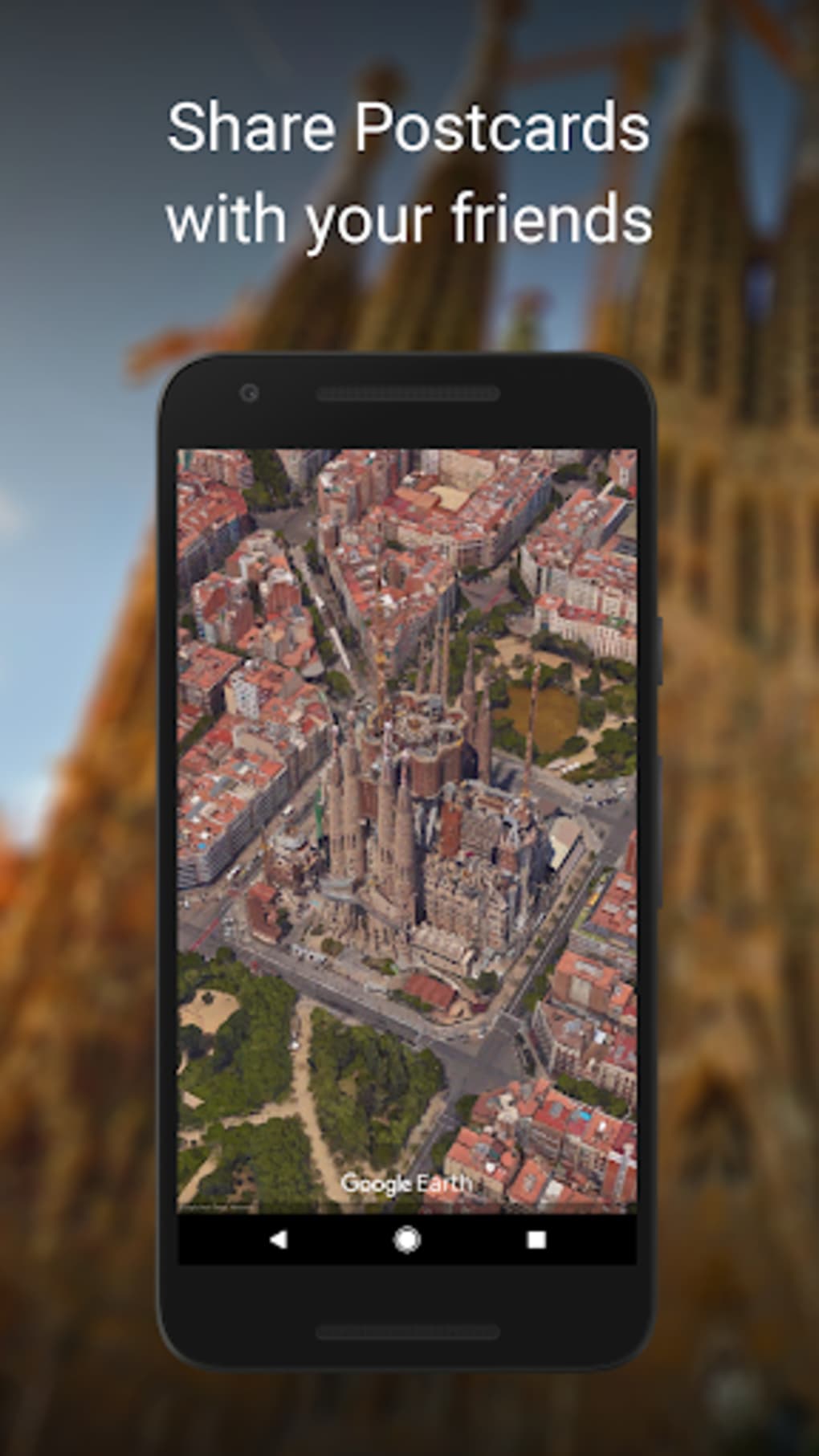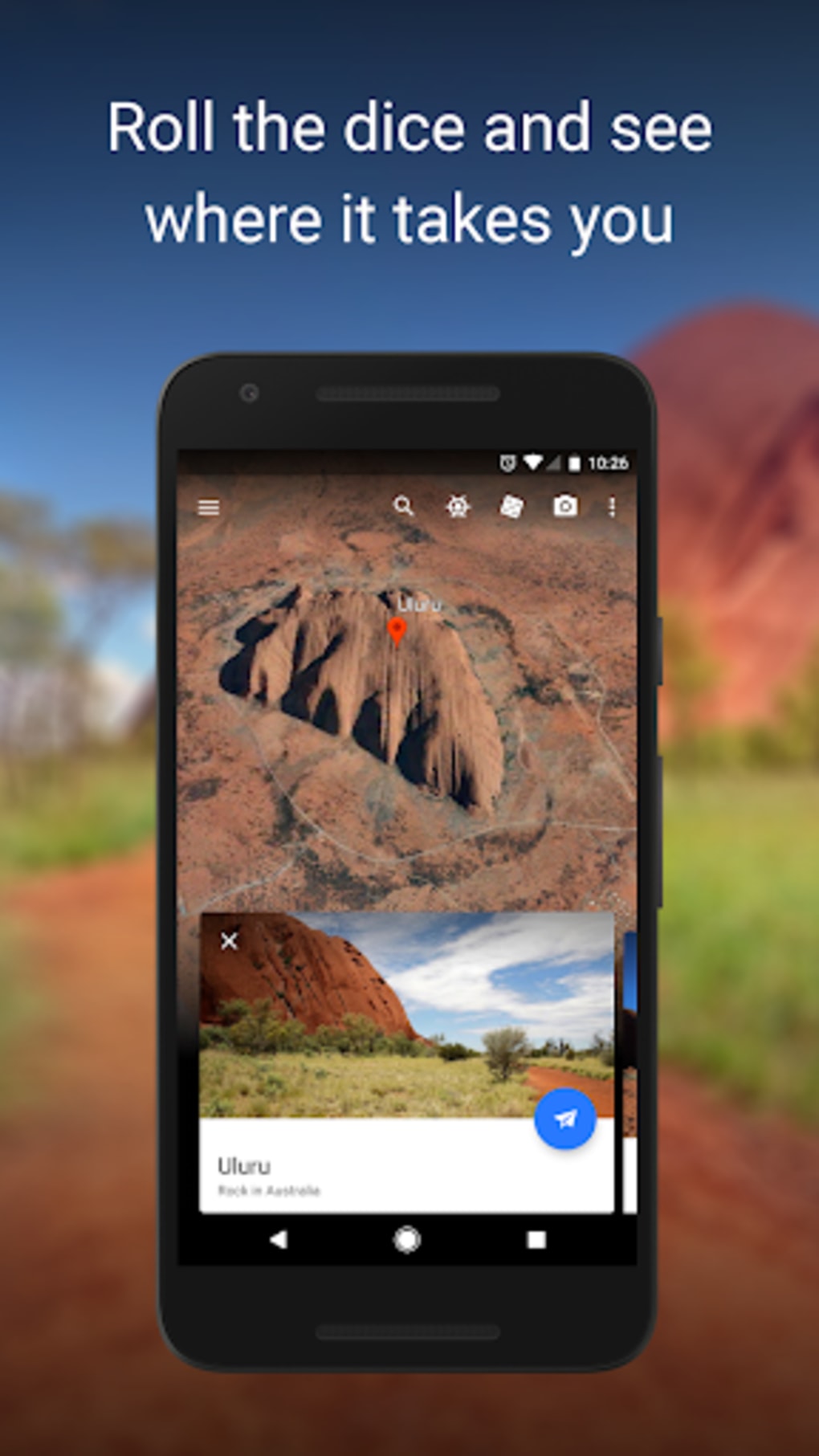Google Earth is an interactive geographic tool from which it is possible to explore and navigate the entire planet through a 3D image of the Earth. Developed by Google, this innovative platform combines satellite images and geospatial data to visualize the world and travel through it without leaving home.
Available for both computers and mobile devices, as well as an enhanced version exclusively for PC (Google Earth Pro), this interactive experience allows you to virtually fly and observe the planet like you never imagined. Would you like to know a little more about Google Earth?
Google Earth makes a great first impression. The program is controlled completely from the touchscreen, so users with larger screens are in luck. Tap to zoom in, pinch to zoom out, and use two fingers to rotate and tilt. It couldn't be simpler. There's almost nowhere on the globe that you can't access with Google Earth, so swipe and zoom until you've surveyed the whole planet. There's also a search option for more direct access.
You'll also find more features that will take your Google Earth experience to another level. My Location will take you to where you are using the app, while under the Layers option you'll be able to enable and disable secondary sources of information, like Wikipedia and photos. Under Google Earth's settings, you'll be able to specify more technical details, like whether or not to use your phone's hardware sensors for navigation and the ability to limit the cache, so Google Earth doesn't suck up your resources.
Unfortunately, Google Earth just doesn't follow up on its excellent first impression. Although the scale of the app is awesome - in the most literal sense - it doesn't measure up in terms of usability. Navigation can be sticky, especially when the Look Around feature is enabled, and close-up graphics aren't crisp. The 3D feature for viewing famous landmarks such as the Eiffel Tower and Taj Mahal doesn't always work, and when it does there are often graphics issues when zoomed in.
The Layers feature is also wanting. Although Google Earth offers three Layers - which you can enable and disable at will - they just don't work well with the interface becomes unusably crowded with indistinct and fiddly icons.
These usability problems are disappointing. Google Earth is an amazing concept and works fantastically on other devices. Unfortunately, Android isn't yet one of them.
Real estate and sustainability professionals can now rely on Google Earth for generative design, thanks to the integration of Delve. Leveraging the familiar user interface, designers can define project sites, select from yield optimization, best-use analysis, or solar feasibility studies, and receive a range of design options. These options include building type, height, return on investments, and more, allowing for data-driven exploration of a project's environmental and financial impact.
Google Earth for Android is a great idea that unfortunately has some unforgivable usability issues. With it, you can travel all over the planet thanks to its satellite images and explore any corner of the world from the comfort of your home. However, some performance issues can affect your experience.
People returning to Google Earth may notice some improvements since 8.0.0. The interface has been simplified, there are now better 3D images, clearer maps, and smoother transitions between layers - but still none of it is perfect. Support for Google Drive is also now included, allowing you to view KML and KMZ files.
People returning to Google Earth may notice some improvements since 8.0.0. The interface has been simplified, there are now better 3D images, clearer maps, and smoother transitions between layers - but still none of it is perfect. Support for Google Drive is also now included, allowing you to view KML and KMZ files.
Version
10.56.0.1
License
Free
Platform
Android
OS
Android 13.0
Language
English
Downloads
1M
Developer



